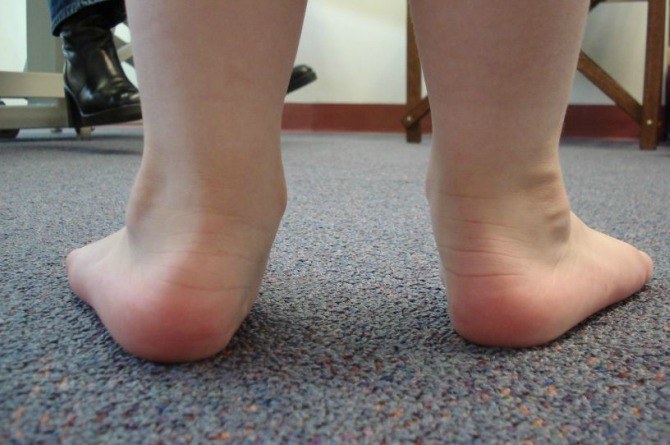The Mirror's Health , Lifestyle and Fashion

Flat foot in children
There’s either little or no arch in the foot with a flat foot, which causes the entire sole to have complete or near-complete contact with the ground.
Advertisement
This condition may be congenital (present at birth) or acquired (developed over time) and is classified as flexible or rigid. With the flexible type, the arch is present when the foot is at rest (not standing or walking), whereas the rigid type shows no arch even when the foot is at rest. Children with the flexible type usually have no associated pain.
A flat foot is expected in babies and toddlers since the arches in their feet don’t develop until about three years. In some children, however, the arch fails to develop due to tightness in the calf muscles, muscle weakness or problems with bone formation in the feet.
Children with flat feet are at a higher risk of developing pain in other weight-bearing joints as they grow older.
This is because there is an uneven distribution of weight, putting undue stress on joints like the knee, hip and low back. Without intervention, the imbalance may result in limping, clumsiness and pain in these joint areas.
Even though some children may have flat feet without experiencing problems, others have a variety of symptoms depending on the severity and may worsen over time without the appropriate intervention.
Look out for the following:
• Pain, tenderness or cramping in the foot, calf or knee
• Calf pain and tiredness of the legs after strenuous activities
• Awkward or unusual walking pattern
• Heel tilting outwards
• Limping after long walks
• Pain or difficulty when wearing shoes
• Shoes wearing down more quickly than usual, especially on one side.
• Frequent tripping over their feet
How can physiotherapy help?
Physiotherapy helps reduce pain, strengthen the muscles that support the foot’s arch and loosen up stiff joints and tight muscles.
The physiotherapist will begin with an assessment to evaluate your child’s posture, walking pattern, muscle strength and current symptoms. This helps in developing a treatment programme specific to the child’s need.
Treatment will include pain relief techniques, stretching to relax tight muscles in the leg and foot and play activities to help strengthen the muscles and improve balance.
The physiotherapist will also advise you on appropriate footwear, insoles or orthotics to help position your child’s foot better during weight-bearing activities.
Talk to a physiotherapist today if you have or know any child with a flat foot.





